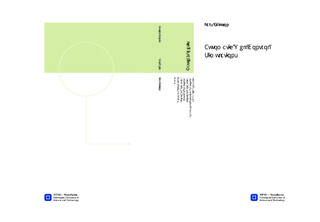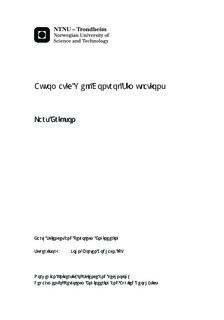| dc.contributor.advisor | Godhavn, John-Morten | nb_NO |
| dc.contributor.author | Erikson, Lars | nb_NO |
| dc.date.accessioned | 2014-12-19T12:16:18Z | |
| dc.date.available | 2014-12-19T12:16:18Z | |
| dc.date.created | 2012-11-08 | nb_NO |
| dc.date.issued | 2012 | nb_NO |
| dc.identifier | 566030 | nb_NO |
| dc.identifier | ntnudaim:7897 | nb_NO |
| dc.identifier.uri | http://hdl.handle.net/11250/239777 | |
| dc.description.abstract | Every year kick incidents occur, maybe best remembered by the Macondo blowout in April 2010 resulting in devastating oil spills throughout the Gulf of Mexico. Well control is one of the most important factors in any drilling operation, preventing disastrous blowouts where people and the environment will be affected. The development of new technologies has increased significantly, lowering the risks of blowouts, mostly because of the reliability of blowout preventers. Better hardware systems have been developed and better materials has increased the performance during critical parts of an operation. There are several causes why we encounter kicks; not keeping the hole full, lost circulation, swabbing, underbalanced pressures, trapped fluids/pressures and mechanical failures. Before an actual kick, there are warning signs that might occur and knowing how to interpret positive indicators of kick is very important. Pit gain, increase in return flow rate and abnormalities in drillpipe pressure are all signs that formation fluid has entered the well. When experiencing a kick, procedures to reduce the danger and the non productive time have to be started. Firstly the well has to be shut in by either the hard shut-in method or the soft shut-in method. Then the influx has to be circulated out of the well by the use of either the Driller’s Method or the Wait and Weight Method. To better understand and visualize the behavior of formation fluid entering the well, the simulation program Drillbench Kick has been used. The soft shut-in has been compared against the hard shut-in and the Driller’s Method has been run against the Wait & Weight Method. The simulations have been performed with both oil based mud and water based mud. | nb_NO |
| dc.language | eng | nb_NO |
| dc.publisher | Institutt for petroleumsteknologi og anvendt geofysikk | nb_NO |
| dc.subject | ntnudaim:7897 | no_NO |
| dc.subject | MTGEOP Geofag og petroleumsteknologi | no_NO |
| dc.subject | Boreteknologi | no_NO |
| dc.title | Automatic Well Control Simulations | nb_NO |
| dc.type | Master thesis | nb_NO |
| dc.source.pagenumber | 79 | nb_NO |
| dc.contributor.department | Norges teknisk-naturvitenskapelige universitet, Fakultet for ingeniørvitenskap og teknologi, Institutt for petroleumsteknologi og anvendt geofysikk | nb_NO |

